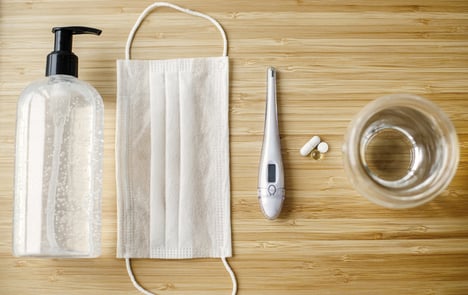 Healthcare providers and scientists are all working diligently to find ways to prevent, treat, and cure COVID-19. Many of us are eager for answers and probably getting tired of not knowing what to believe. One of the hot topics floating around is about Vitamin D’s role in preventing COVID-19. Can Vitamin D really protect us against COVID-19 or at least lessen the effects? Let’s take a look.
Healthcare providers and scientists are all working diligently to find ways to prevent, treat, and cure COVID-19. Many of us are eager for answers and probably getting tired of not knowing what to believe. One of the hot topics floating around is about Vitamin D’s role in preventing COVID-19. Can Vitamin D really protect us against COVID-19 or at least lessen the effects? Let’s take a look.
The Role of Vitamin D
Vitamin D serves many purposes in the body, the most commonly known purpose being assisting calcium absorption and bone mineralization for good bone health. It is less well known that Vitamin D plays an essential role in immunologic function—keeping your immune system strong. Vitamin D inhibits both B cell and T cell (lymphocyte) proliferation/rapid increase, affects T cell maturation, and facilitates the induction of T regulatory cells. It also helps regulate monocytes production of inflammatory markers and inhibits dendritic cell (DC) differentiation and maturation. All of this leads to a decreased production of inflammatory markers and an increase in anti-inflammatory markers. In short, it has an anti-inflammatory role.
Vitamin D and COVID
Now that you understand the role of Vitamin D in immune support, let’s look at the link between that and COVID-19. When healthcare providers check your Vitamin D levels, they request a lab called 25-hydroxyvitamin d. This is the circulating Vitamin D in your body. Ideally, we want to see that number be at least 30 ng/dL. In theory, having enough circulating Vitamin D should reduce complications by preventing the “cytokine storm” that providers are seeing in response to COVID-19 infection. The cytokine storm is when the level of inflammatory proteins rapidly rises to dangerously high levels. It is what leads to complications such as ARDS, myocarditis, and acute renal and heart failure, especially in those elderly patients with previous cardiovascular comorbidity. Researchers have started requesting this lab from patients with COVID-19.
Study Shows Decreased Risk for Adverse Affects
One cross-sectional study of 235 individuals showed that patients with at least 30 ng/dL had a significantly decreased risk for adverse effects, such as hypoxia (low oxygen levels), death of individuals over 40, and unconsciousness. Serum C-reactive protein (an inflammatory marker) was lower and lymphocyte percentage was higher in Vitamin D–sufficient COVID-19 patients. In the study, 67.2% of the 235 COVID patients had Vitamin D levels less than 30 ng/dL. The study saw no significant difference in hospitalization duration, ICU admissions, Acute Respiratory Distress Syndrome (ARDS), and intubation between insufficient and adequate Vitamin D levels.
Similarly, a study showed Vitamin D levels were significantly lower in COVID patients with severe symptoms than those with mild symptoms or no COVID at all. Of the symptomatic patients, 54 were admitted to the ICU due to ARDS—all of whom had lower Vitamin D levels than the patients not needing the ICU. Sadly, 19 patients died, and again they found that these patients had lower Vitamin D levels than the ones who survived.
Another Study Finds Lower Levels of Vitamin D in Hospitalized Patients
A study of 216 COVID-19 patients and 197 population-based controls saw significantly lower levels of Vitamin D in the patients hospitalized due to COVID-19 than the controls (of similar age and sex), which lines up with the previous studies. On the contrary, they did not find a relationship between severity of infection and Vitamin D levels like the other studies found.
Study Finds People with Vitamin D Deficiency More Likely to Test Positive
Another study of 489 patients found that those with Vitamin D deficiency (<20 ng/dL) were 1.77 times more likely to test positive for COVID-19 than those with sufficient Vitamin D levels. The study above by Hernandez et al supports this finding, showing that 82.2% of COVID-19 cases were deficient in Vitamin D compared to the population-based controls, where only 47.2% were deficient (which is significant).
Correlation Is Not Causation
Something to note: These studies are observational studies. Thus, we cannot determine a cause-and-effect relationship between vitamin D deficiency and COVID-19 infection outcomes. Correlation is not synonymous with causation. So, while these results are important and useful, we must be careful to not go as far as saying, “Vitamin D can protect me from COVID-19 or lessen the impact if I get sick with COVID-19.”
Further research is being conducted since we do have strong observational support that suggests low Vitamin D levels may favor respiratory dysfunction and even death in those with COVID-19. Several Randomized Control Trials are in process. Many are trialing high-dose Vitamin D in those with COVID-19, such as the registered study by University Hospital in Angers (France). One has already concluded, but it was small with only 50 hospitalized patients being given a high dose of Vitamin D (calcifediol) and 26 not given a high dose of Vitamin D. Only 1 of the 50 high-dosed patients needed ICU treatment, whereas 13 of the 26 not given Vitamin D needed ICU treatment.
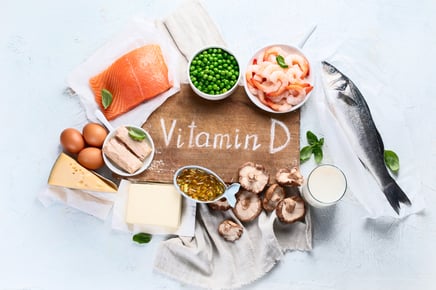 Vitamin D Recommendations
Vitamin D Recommendations
Let me be real clear: You do not need to start taking a megadose of Vitamin D! Doing so can actually lead to toxic effects because it is a fat-soluble vitamin. The goal is to prevent deficiency to help keep your immune system strong.
I do suggest reflecting on your Vitamin D intake and exposure. Do you get out in the sun 10–30 minutes several times weekly? Sun exposure is less common in the winter, which hints at why more people are Vitamin D deficient in the winter months. When the sun’s UV rays hit our skin, Vitamin D3 (cholecalciferol) synthesis can occur. Do you eat Vitamin D–rich sources? If not, start to add some foods that are rich in Vitamin D. This will help you reach the RDA of 600 IU for young adults under 70 years old and 800 IU for adults older than 70 years old.
Here are some Vitamin D–rich foods:
- Trout, rainbow, cooked (3 oz = 648 IU)
- Pink salmon, cooked (3 oz = 444 IU)
- Halibut, Atlantic or Pacific, cooked (3 oz = 196 IU)
- Portobello mushrooms (1/2 cup = 316 IU)
- Canned tuna (3 oz = 228 IU)
- Milk, whole, 1%, 2%, and nonfat (1 cup = 115–128 IU)
- Yogurt, various types and flavors (8 oz = 80–120 IU)
- Soy milk (1 cup = 116 IU)
- Orange juice, fortified (1 cup = 100 IU)
- Eggs (1 large = 44 IU)
If getting your RDA by eating these foods is not realistic for you, I would suggest a Vitamin D3 (cholecalciferol) supplement to help increase your intake. A Registered Dietitian can help you adapt your nutrition regimen to meet Vitamin D requirements.
Finally, speak with your healthcare provider. They can always request that your 25-hydroxyvitamin d (circulating Vitamin D in your body) lab be checked. If you’re found to be deficient, you may require larger doses for treatment.
The Bottom Line
We do have strong observational support that suggests low Vitamin D levels may favor respiratory dysfunction and even death in those with COVID-19. However, we simply do not have enough strong data to conclude that Vitamin D sufficiency can treat or prevent COVID-19 infection until Randomized Control Trials are complete.
In the meantime, the best thing to do is continue to stay healthy (or improve your health) and keep your immune systems strong, which includes eating enough Vitamin D or having adequate Vitamin D exposure.
As always, please reach out to a NIFS Registered Dietitian for any nutrition support you need.

This blog was written by Sabrina Goshen, NIFS Registered Dietitian. To learn more about the NIFS bloggers, click here.
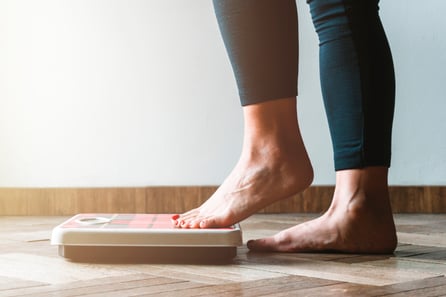 According to the American Psychological Association’s latest Stress in America™ survey conducted in late February 2021, 42% of adults reported undesirable weight gain since the beginning of the pandemic, with an average weight gain of 29 pounds. This shouldn’t come as a surprise to many, since almost everyone was stuck at home, the gyms were closed, and people turned to food for comfort.
According to the American Psychological Association’s latest Stress in America™ survey conducted in late February 2021, 42% of adults reported undesirable weight gain since the beginning of the pandemic, with an average weight gain of 29 pounds. This shouldn’t come as a surprise to many, since almost everyone was stuck at home, the gyms were closed, and people turned to food for comfort. 


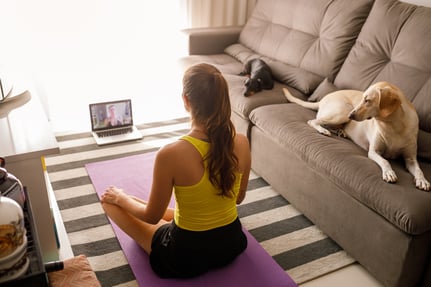 The current COVID-19 pandemic is unlike anything most have experienced in their lifetimes. The dangers of this virus are still real and need to be taken seriously. Even though it seems monotonous, it is important to recognize the importance of wearing a mask and maintaining physical distancing, because at times it seems the public is becoming numb to these terms.
The current COVID-19 pandemic is unlike anything most have experienced in their lifetimes. The dangers of this virus are still real and need to be taken seriously. Even though it seems monotonous, it is important to recognize the importance of wearing a mask and maintaining physical distancing, because at times it seems the public is becoming numb to these terms. 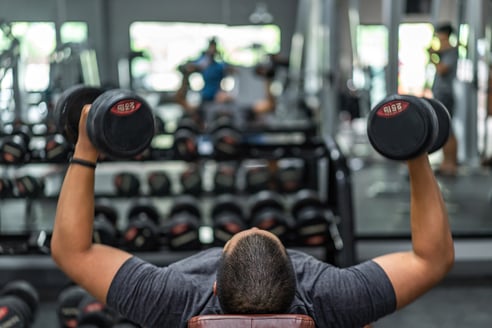 Let’s face it: building your own workouts isn’t always the easiest thing to do. Sure, you probably strike gold a few times a year and the exercises you choose seem to be flawless, from the balance of muscle groups worked to the flow of the routine that you get into. There is nothing better than having that program that just seems to get the job done.
Let’s face it: building your own workouts isn’t always the easiest thing to do. Sure, you probably strike gold a few times a year and the exercises you choose seem to be flawless, from the balance of muscle groups worked to the flow of the routine that you get into. There is nothing better than having that program that just seems to get the job done.  Healthcare providers and scientists are all working diligently to find ways to prevent, treat, and cure COVID-19. Many of us are eager for answers and probably getting tired of not knowing what to believe. One of the hot topics floating around is about Vitamin D’s role in preventing COVID-19. Can Vitamin D really protect us against COVID-19 or at least lessen the effects? Let’s take a look.
Healthcare providers and scientists are all working diligently to find ways to prevent, treat, and cure COVID-19. Many of us are eager for answers and probably getting tired of not knowing what to believe. One of the hot topics floating around is about Vitamin D’s role in preventing COVID-19. Can Vitamin D really protect us against COVID-19 or at least lessen the effects? Let’s take a look. Vitamin D Recommendations
Vitamin D Recommendations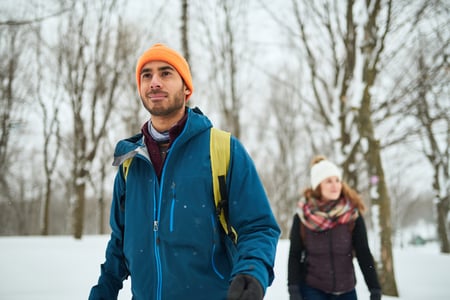 As winter approaches, don’t let it discourage you from reaching your full potential and goals you’ve set for yourself. Continue to use exercise and strength training to keep your body healthy.
As winter approaches, don’t let it discourage you from reaching your full potential and goals you’ve set for yourself. Continue to use exercise and strength training to keep your body healthy.  During this 2020 Coronavirus Pandemic, have you found yourself looking out your window and wishing that you could be enjoying sports, recreational activities, and exercising? In the not-so-distant past, we could spend seemingly unlimited time playing pick-up games of basketball with our best buds or head down to the gym and join our favorite yoga class, packed with like-minded individuals. Unfortunately, with social distancing being more and more prevalent in society, we have to not only limit contact sports, but also allow enough space so that others can safely participate in the activity, leaving classes no choice but to limit size or cancel altogether.
During this 2020 Coronavirus Pandemic, have you found yourself looking out your window and wishing that you could be enjoying sports, recreational activities, and exercising? In the not-so-distant past, we could spend seemingly unlimited time playing pick-up games of basketball with our best buds or head down to the gym and join our favorite yoga class, packed with like-minded individuals. Unfortunately, with social distancing being more and more prevalent in society, we have to not only limit contact sports, but also allow enough space so that others can safely participate in the activity, leaving classes no choice but to limit size or cancel altogether. 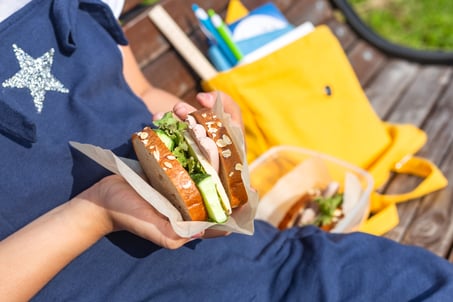 As many of us are confronted with the decision of whether to send our children back to school or continue with online learning, we are faced with many questions that we had never had to ask ourselves before. Breakfast, lunch, and often snacks are mainly consumed during these hours at school, so as we continue to see Indiana trying to return to normal and reopen, we might need to tailor our eating habits to ensure we are not risking unnecessary exposure to COVID-19 when refueling our bodies throughout the day. These ideas also work for adults who are returning to the workplace or have already returned to the workplace.
As many of us are confronted with the decision of whether to send our children back to school or continue with online learning, we are faced with many questions that we had never had to ask ourselves before. Breakfast, lunch, and often snacks are mainly consumed during these hours at school, so as we continue to see Indiana trying to return to normal and reopen, we might need to tailor our eating habits to ensure we are not risking unnecessary exposure to COVID-19 when refueling our bodies throughout the day. These ideas also work for adults who are returning to the workplace or have already returned to the workplace.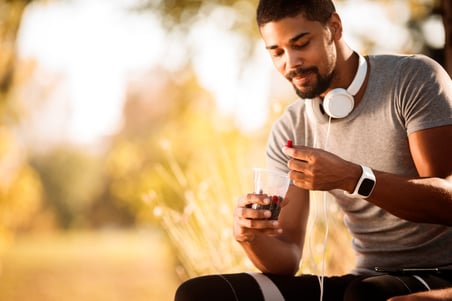 These past few weeks have been trying times for not only our families and friends, but also for the athletes we engage with on a daily basis throughout the year. In our position we must stay in a lead-by-example mentality. If we let ourselves go during this time, our athletes will notice and do the exact same thing. This is definitely a time of uncertainty and there are a lot of unknowns. Controlling what we can control on a daily basis is what will help not just us personally, but also those around us, to get through and come out of this on top.
These past few weeks have been trying times for not only our families and friends, but also for the athletes we engage with on a daily basis throughout the year. In our position we must stay in a lead-by-example mentality. If we let ourselves go during this time, our athletes will notice and do the exact same thing. This is definitely a time of uncertainty and there are a lot of unknowns. Controlling what we can control on a daily basis is what will help not just us personally, but also those around us, to get through and come out of this on top.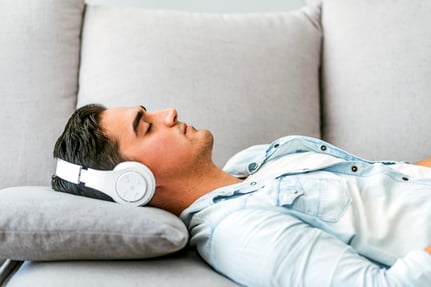 Personal trainers are people, too (well, at least when no one is looking!). In reality, there are a lot of new bridges we, as a society, are crossing every single day. As a trainer, my goal is to put all my effort into making sure that my clients are being healthy with fitness and wellness as a priority. With the lockdown upon us, finding new ways to get this job done is a challenge, but so is making sure that you are finding time for yourself.
Personal trainers are people, too (well, at least when no one is looking!). In reality, there are a lot of new bridges we, as a society, are crossing every single day. As a trainer, my goal is to put all my effort into making sure that my clients are being healthy with fitness and wellness as a priority. With the lockdown upon us, finding new ways to get this job done is a challenge, but so is making sure that you are finding time for yourself.